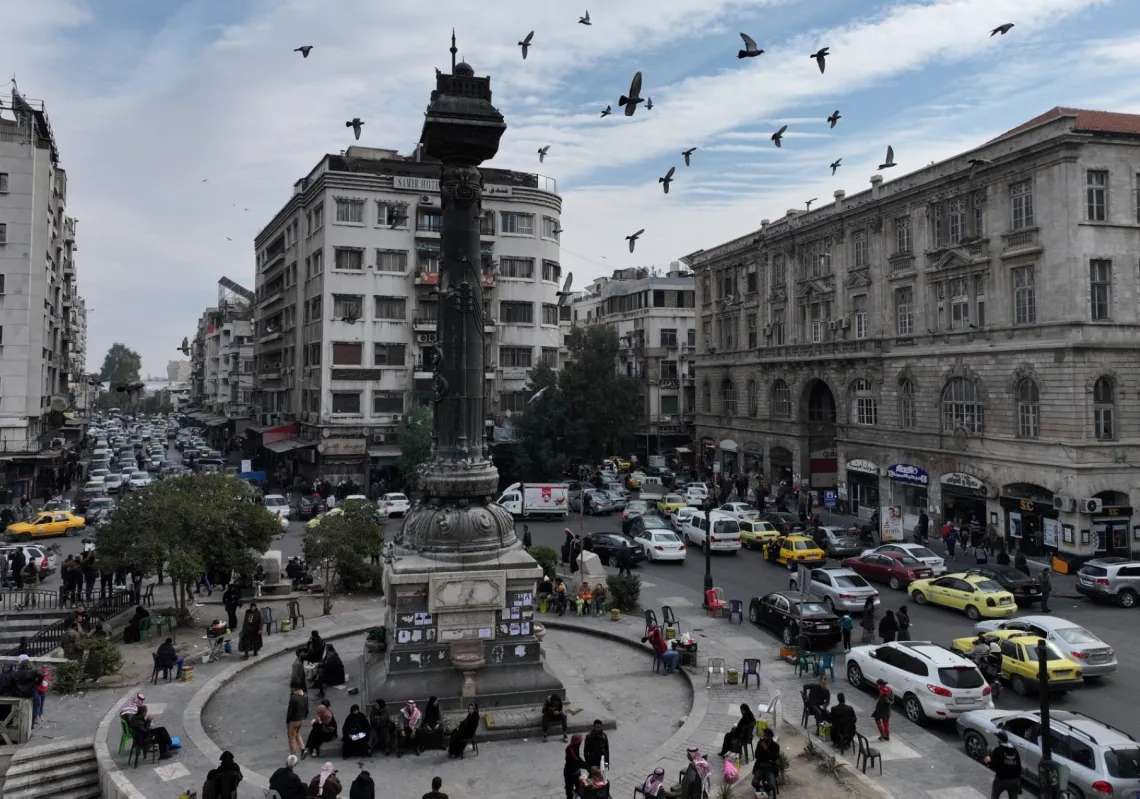On 6 June 1967, the second day of the 1967 war and hours after the Israeli air force had dealt a crippling blow to the Egyptian Air Force, a small Israeli unit intercepted a crucial call between then Egyptian President Gamal Abdel Nasser and Jordan’s King Hussein. In the call, Abdel Nasser claimed Egyptian aviation was striking Israel, encouraging Jordan to escalate the conflict—possibly as a way to alleviate the military pressure Israel was putting on Cairo. Abdel Nasser and the Jordanian King also agreed in the call to make another astonishing claim: British and American planes were participating in the attack against Egypt—turning a regional conflict into a global one.
The fabrication was promptly repeated by radio stations in Cairo and Amman, as well as in Syria, and even reached Moscow, as the Egyptian Ambassador to the Soviet Union repeated the claim in what was likely an attempt to drag the USSR into the war, as Egypt had signed an agreement with Moscow that the USSR would intervene in Egypt’s favour, should the US participate in a war on Israel’s side.
After much hesitation, and despite the furious opposition from the head of Israel’s Military Intelligence, the (then) Israeli Defence Minister Moshe Dayan took a bold decision. Hours after being intercepted, the conversation was released on the airwaves of Israel’s military radio.
Defence Minister Moshe Dayan's decision to broadcast this conversation publicly marked the first time Israel revealed an intercepted communication, demonstrating the unit's capabilities while potentially compromising future operations. It also marked the first public success of Unit 515—a nascent but increasingly critical unit within Israel’s Military Intelligence (AMAN). The unit, in charge of Signal Intelligence (SIGINT), would be renamed several times and expanded to include multiple key domains such as cyber warfare.
Today, the unit at the heart of Israel’s war machine is casually referred to in Hebrew as Shmone Matayim or 8200. Here, I lay out some of its most notable successes as well as some of its catastrophic failures.

Humble beginnings
Unit 8200 wasn’t always the powerhouse it is today. Just years before the interception of the conversation between President Abdel Nasser and King Hussein, Unit 515, as it was known then, had also managed to crack the code protecting communications between Abdel Nasser and Egypt’s military Chief of Staff, Abdel Hakim Amer, only to be disregarded, thus missing critical intelligence that would have helped identify Egyptian manoeuvers in Sinai in the 1960s. The unit did not have the capabilities it has today, and Israel was still relying mostly on human rather than technical intelligence.
The unit itself had even humbler beginnings, starting as a small interception cell responsible for monitoring military communications during the British Mandate. After the creation of the state of Israel, the unit was formalised into Shirut Modi’in 2 or Shin Mem 2 as part of the Israeli army. Over time, it expanded its operations from a small two-floor building in Jaffa to several nearby buildings.
The ground floor of the building would later serve to host the unit’s first IBM computer, used by the “deciphering team” to crack encrypted codes. Initially, the deciphering team was using pen and paper until the arrival of the first computer. The computers would later be enhanced through an initiative by the Weizmann Institute, marking one of the first times the unit put its own twist on Western technology. In the early 1960s, when the unit’s first technical lab was created, it had to be hosted in the kitchen of the Jaffa house.
By the time of the 1973 war, the unit had been reshaped entirely, boasting more than 3,000 soldiers and multiple listening posts positioned across Israel, particularly focusing on Egyptian and Syrian communications. Yet the unit experienced its first major failure after it didn’t inform the Israeli political and military leadership of the upcoming Egyptian and Syrian surprise attack during the Jewish holiday of Yom Kippur—despite intercepting a telegram sent by the Soviet Union to its regional embassies warning of the need to evacuate Soviet expatriates due to the coming attack.

Fifty years later, during Hamas’s October 7 attack, the unit would similarly fail to forewarn the Israeli leadership. The 1973 failure was compounded by the capture of one of the unit’s members during an initial assault by Syrian paratroopers against a military post in the Golan Heights. The capture provided Damascus with precious insights into the unit's functioning, necessitating a complete restructuring and ultimately giving the unit its current name: Unit 8200.
For decades, the name of what would become the largest unit in the Israeli army would only be whispered. However, around the beginning of the 2010s, the unit’s successes became too significant to ignore, attracting considerable attention. Under the leadership of Amos Yadlin, the head of the Israeli army military intelligence at the time, the unit would prove to be one of Israel’s weapons of choice. The Israeli intelligence community underwent a noticeable evolution, shifting from an initial reliance on human intelligence to a greater emphasis on technical means. This shift largely mirrored that of Israel’s main ally, the United States.
The post 9/11 era accelerated a shift towards mass-surveillance, reinforcing the centrality of interceptions as the central pillar upon which the US intelligence community is built. Israel made similar choices, building a massive SIGINT base dubbed "Yarkon” near Kibbutz Urmia, in the Negev Desert. The existence of the base itself was revealed by Le Monde Diplomatique, a French newspaper, in an article titled “Israel’s omniscient ears”, in which the base is described as “among the most important and powerful intelligence gathering sites in the world”.















